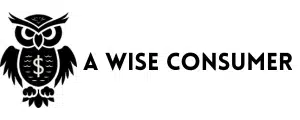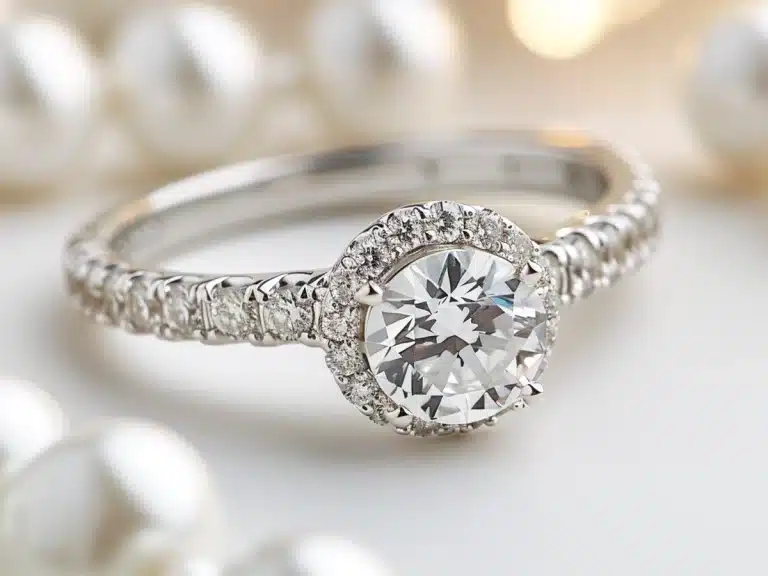When is the Best Time to Buy a Bike?
Biking is more than just a way to get around; it’s an adventure, a fitness routine, and a way to connect with nature all rolled into one. Whether you’re a seasoned cyclist or a newcomer looking to purchase your first bike, knowing the best time to buy a bike can save you money and ensure you get the perfect ride for your needs.
The Best Time to Buy a Bike: Understanding Bike Buying Seasons
One of the first things to know when buying a bike is that timing matters. Just like with clothes or cars, bikes have their seasons too. Spring and summer are when cycling hits its peak. Trails and roads are crowded with enthusiasts, and the demand for bikes soars. This high demand means prices might be stiffer, and discounts are rare.
However, the golden opportunity for buyers comes as the leaves start to fall. Autumn and winter are the bike industry’s off-seasons. According to a 2022 Statista survey, approximately 143 million bicycles were sold globally, which is slightly lower than 2021’s sales. With fewer people looking to buy, stores are eager to clear out last season’s models to make room for new arrivals. This is when savvy shoppers can strike gold with discounts and deals.
Spring and Summer: The Peak Season
As the weather warms up, so does the interest in outdoor activities, including cycling. Spring and summer are traditionally the peak months for bike sales, driven by pleasant weather and the desire to enjoy outdoor sports. During this time, bike shops and manufacturers often release their latest models, featuring the newest technologies and designs. While the selection is at its best, the demand also means prices are generally at their highest. Discounts are rare as shops capitalize on the high demand for bikes.
Autumn: The Transition Season
As summer fades into autumn, the bike industry begins to shift. The focus moves from selling the latest models at premium prices to clearing out inventory to make room for next year’s bikes. This transitional period can be a sweet spot for buyers. Late summer and early autumn may still offer good weather for cycling, coupled with the first round of discounts as retailers look to clear their shelves.
Winter: The Off-Season Bargain Time
Winter represents the off-peak season for bike sales in many regions, primarily due to colder weather and less favorable conditions for outdoor cycling. During this period, demand for bikes significantly decreases, prompting retailers to offer deep discounts on existing inventory, especially on previous year models that need to be sold to make space for new arrivals in the spring. This is arguably the best time to buy a bike if you’re looking for substantial savings, as retailers are more willing to negotiate prices to move stock.
End-of-Year Sales and Promotions
Apart from the general seasonal trends, specific times like Black Friday, Cyber Monday, and post-holiday sales in January can offer exceptional deals. Retailers are eager to boost their sales figures during these times, offering steep discounts and promotions that are not typically available during the rest of the year.
Bike Buying Tips in Each Season
- Spring/Summer: If you’re set on having the latest model and the widest selection, this is the time to buy. Be prepared to pay a premium, but enjoy the advantage of full warranties and the latest features.
- Autumn: Keep an eye out for clearance sales and the introduction of discounts on current year models. It’s a great time to purchase high-quality bikes at reduced prices.
- Winter: For the best deals, winter shopping is ideal. You’ll face less competition and have more leverage to negotiate prices, especially on last year’s models.
Things to Know
When you’re in the market for a new bike, knowing exactly what you need is crucial. Bikes come in all shapes and sizes, designed for different terrains and purposes. Whether it’s a rugged mountain bike for off-road adventures, a sleek road bike for speed, or a comfortable cruiser for leisurely rides around the neighborhood, your choice should match your intended use.
Budget also plays a big role. While it’s tempting to go for cheaper models to save money upfront, consider the bike’s quality and durability. Investing a bit more in a well-made bike can save you money on repairs and replacements in the long run.

What to Consider When Buying a Bike
Choosing the right bike involves more than just picking a color you like. The material of the bike frame, whether aluminum, steel, carbon fiber, or titanium, affects weight, durability, and price. Gears are another critical factor; more gears offer more versatility over different terrains but also add to the cost and maintenance.
Comfort is king, especially for long rides. Ensure the bike fits you well. A test ride is invaluable for feeling out how the bike handles and how comfortable it is for you. A good fit can make the difference between a bike that inspires daily rides and one that collects dust in the garage.
How to Look for Deals During the Best Time to Buy a Bike
Finding the best deal on a bike requires some legwork. Start by doing your research online to get a sense of prices and what’s available. Then, hit up local bike shops to see the bikes in person and ask about upcoming sales or discounts on last year’s models.
Subscribing to newsletters from bike shops and manufacturers can also alert you to sales and exclusive deals. Sometimes, manufacturers offer special promotions directly through their websites or through local dealers, so keeping an eye out for these can lead to significant savings.
Long Term Considerations for Bike Buying
When hunting for the perfect bike, it’s easy to focus solely on the purchase price. However, considering the long-term implications of your choice is essential. Maintenance costs can add up, especially for high-end bikes with specialized components. Look for bikes with solid warranties and a reputation for durability.
Think about how your needs might evolve. Buying a bike that fits your current and future cycling goals can prevent the need for an upgrade too soon. It’s not just about getting a bike; it’s about investing in your cycling future.
Leveraging Second-Hand Markets
If you’re on a tight budget or just looking for an even better deal, the second-hand market might be worth exploring. Buying used can get you more bike for your money, but it requires a keen eye. Check for signs of wear and damage, and always ask for a test ride. Sites like Craigslist, eBay, and local cycling forums can be great places to find used gems, but proceed with caution and do your due diligence.
Buying a bike is a significant investment, not just in a mode of transportation, but in a lifestyle. The best time to buy a bike is when you’re armed with knowledge, from understanding the sales cycle to knowing what you need in a ride. Use these insights to find a bike that not only fits your budget but will be a joy to ride for many years.







